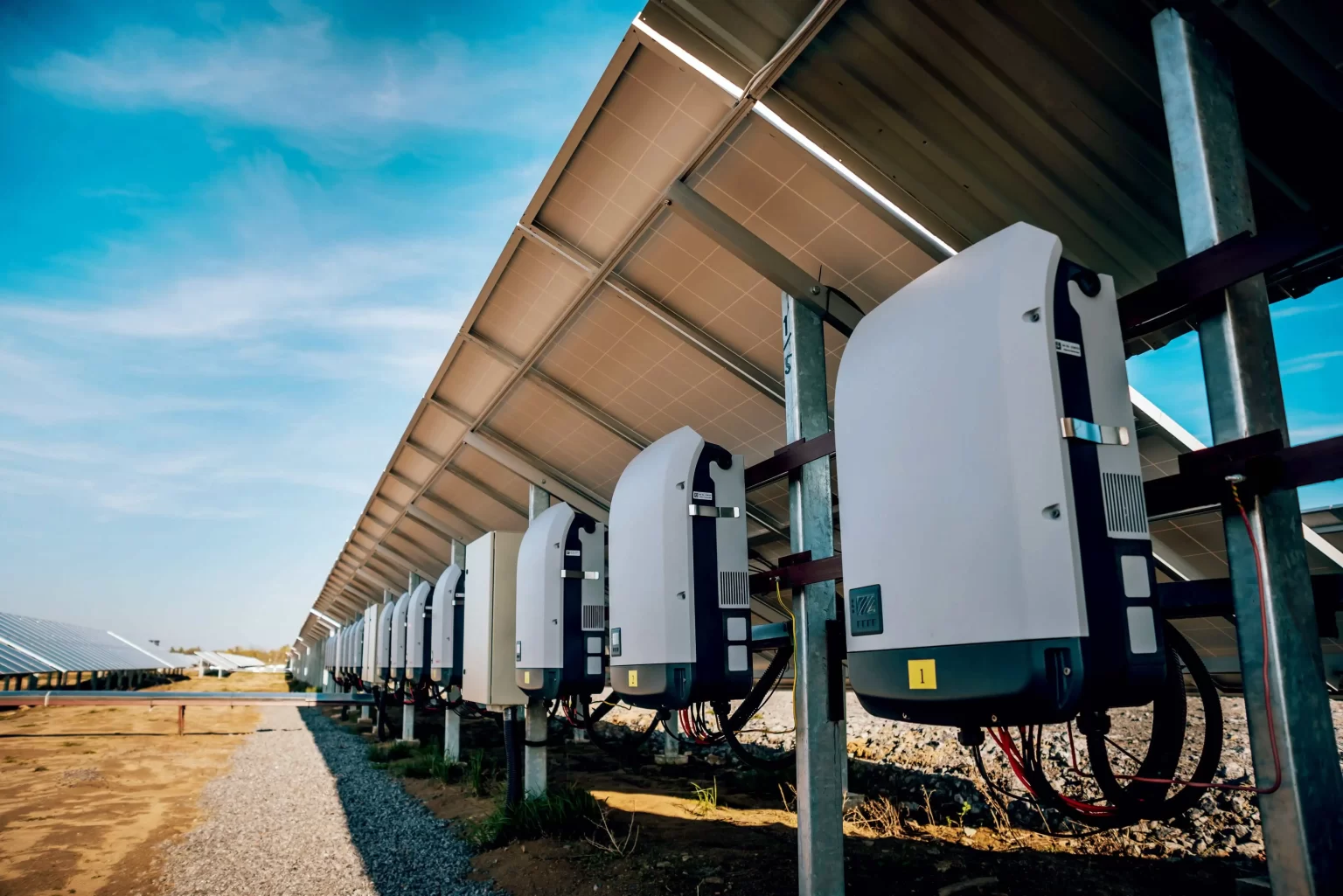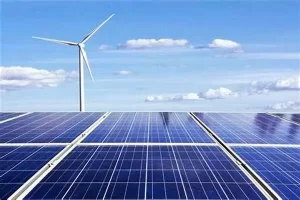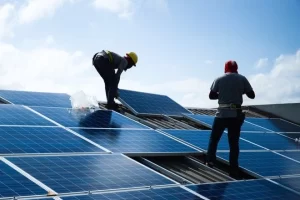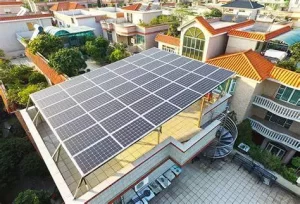Exploring the Durability of Outdoor Energy Storage Cabinets: Design, Materials, and Maintenance
As the demand for renewable energy solutions continues to grow, outdoor energy storage cabinets have become essential components in sustainable energy systems. These cabinets not only house battery systems but also protect them from environmental factors. This article delves into the durability of outdoor energy storage cabinets, focusing on their design, materials, and maintenance practices, concluding with key considerations for selecting the right solutions for energy independence.
1. The Importance of Durability for Outdoor Energy Storage Cabinets
Outdoor energy storage cabinets are an indispensable component in managing energy efficiently harnessed from renewable sources like solar and wind. They must withstand various environmental factors, such as temperature fluctuations, humidity, and even potential physical damage. A durable cabinet ensures that the battery systems inside can function effectively and have a long service life.

Innovative Design for Enhanced Protection
1. Ventilation and Temperature Control
Effective design begins with proper ventilation and temperature control. Batteries are sensitive to temperature extremes; high temperatures can degrade performance, while low temperatures can reduce efficiency. Outdoor energy storage cabinets must incorporate ventilation systems that promote airflow and dissipate heat. Some modern cabinets feature active cooling systems, while others rely on passive designs that allow natural airflow. The choice of ventilation method significantly affects the longevity and performance of the battery systems housed within.
2. Modular and Scalable Structures
The growing need for flexibility in energy systems requires modular designs. A well-designed energy storage cabinet allows for scalability, enabling users to expand their storage capacity as needed. This modular approach not only optimizes space but also adapts to changing energy requirements, making the cabinet a long-term investment.
3. Accessibility for Maintenance
Another key aspect of design is accessibility. Outdoor cabinets should be designed to facilitate easy maintenance access. Regular inspections and servicing are essential to ensure that batteries and associated components operate optimally.
2. Material Selection for Longevity
The materials used in the construction of outdoor energy storage cabinets significantly influence their durability. Common materials include metals, polymers, and composites, each with its own advantages and challenges.
1. Corrosion-Resistant Metals
Metal cabinets, often made from galvanized steel or aluminum, are popular due to their strength and durability. However, exposure to moisture can lead to corrosion. To combat this, cabinets should be coated with corrosion-resistant finishes, such as powder coating or anodizing. These protective layers enhance the cabinet’s longevity, ensuring it can withstand adverse environmental conditions.
2. Polymeric Materials
High-performance polymers are increasingly being used in energy storage cabinets. These materials are lightweight, corrosion-resistant, and offer excellent insulation properties. Their ability to withstand temperature variations makes them an attractive choice for outdoor applications.
3. Maintaining Your Outdoor Energy Storage Cabinet in Optimal Condition
Keeping your outdoor energy storage cabinet in top condition is key to ensuring energy efficiency and system reliability.
1. Routine Inspections
Conducting regular inspections is vital for identifying early signs of wear. This includes checking for corrosion, ensuring seals are intact, and verifying that ventilation systems are working properly. Addressing issues promptly helps users avoid costly repairs and extend the cabinet’s service life.
2. Battery Monitoring
Many modern energy storage cabinets are equipped with monitoring systems that provide real-time data on battery performance. These monitoring tools can track parameters such as temperature, voltage, and the overall health of the system, allowing users to proactively address potential problems.
Choosing the Right Energy Storage Solutions
In conclusion, the durability of an outdoor energy storage cabinet depends on its design, material selection, and maintenance practices. A well-designed cabinet with efficient ventilation, modular capabilities, and accessible maintenance points will ensure the optimization of energy storage systems.
When considering options for energy independence, it is essential to evaluate specific products like the 344 kWh battery cabinet or the battery energy storage cabinet that can meet your needs. Additionally, integrating components such as a Battery Switch and Protection Unit (BSPU) can enhance system safety and efficiency.
Contact us
- Email:[email protected]
- Tel: +86 13651638099
- Address: 333 Fengcun Road, Fengxian District, Shanghai
Get A Quote Now!
Related product links are available directly
Site storage products:Site storage products 归档 – (energystoragecontainer.com)
Lithium Battery:Lithium Battery 归档 – (energystoragecontainer.com)
Read more

Unveiling Photovoltaic+Energy Storage: Four Major Application Scenarios Leading the Future of Energy
In this way, the energy landscape is evolving, and one of the most thrilling developments in renewables is the integration of photovoltaics energy storage.

From Theory to Practice: Four Methods for Estimating Photovoltaic Power Generation
Photovoltaic power generation has become an essential part of modern energy solutions, particularly in home solar systems and distributed power applications

Rack-Mounted Lithium Iron Batteries: Creating Efficient and Reliable Energy Storage Solutions
When it comes to modern energy solutions, rack-mounted lithium iron batteries are taking center stage in a variety of industries. Whether you’re powering data centers, stabilizing energy for households, or keeping critical systems online at 5G base stations, these batteries have become the unsung heroes of our electrified world.

Late Night Energy Saving Tips: How to Maximize Electricity Savings During Off-Peak Hours
With rising energy costs, homeowners are increasingly exploring innovative ways to save on their electricity bills. One effective approach is utilizing off-peak hours—times when electricity rates are significantly lower due to reduced demand.
